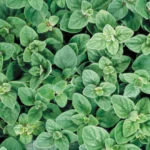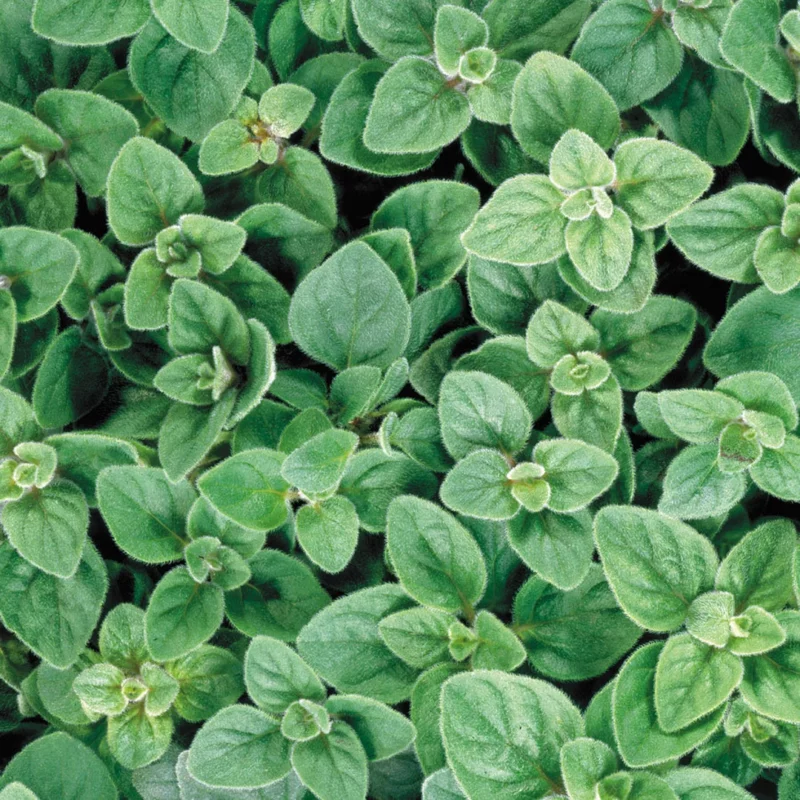🌿 General Care Instructions for Herbs
-
Light:
Place your herbs in a spot with at least 4–6 hours of sunlight per day. Most herbs thrive in bright, indirect light or morning sun with afternoon shade. -
Watering:
Water when the top 2–3 cm of soil feels dry. Avoid overwatering—most herbs prefer slightly dry soil between waterings. Ensure pots have good drainage. -
Soil:
Use well-draining soil, ideally a mix designed for vegetables or herbs. A combination of peat, perlite, and compost works well. -
Fertilizing:
Feed lightly with a balanced organic fertilizer every 4–6 weeks during the growing season. Too much fertilizer can reduce flavor in culinary herbs. -
Pruning:
Regularly pinch or trim the tips to encourage bushier growth and prevent flowering. Remove any faded flowers to prolong leaf production. -
Potting:
If growing in containers, choose pots with drainage holes. Repot or divide if the herb outgrows its container. -
Air circulation:
Provide good airflow around plants to prevent fungal issues. Avoid overcrowding. -
Temperature:
Most herbs prefer temperatures between 15°C and 30°C. Protect from frost and extreme heat. -
Pests:
Watch for aphids, whiteflies, or spider mites. Use natural remedies like neem oil or insecticidal soap if needed. -
Harvesting:
Harvest in the morning after dew has dried, but before the sun gets too strong. Take up to one-third of the plant at a time to allow regrowth.
| Weight | 3 kg |
|---|---|
| Enviroment | |
| Light | |
| Plant Height | |
| Pot size |







